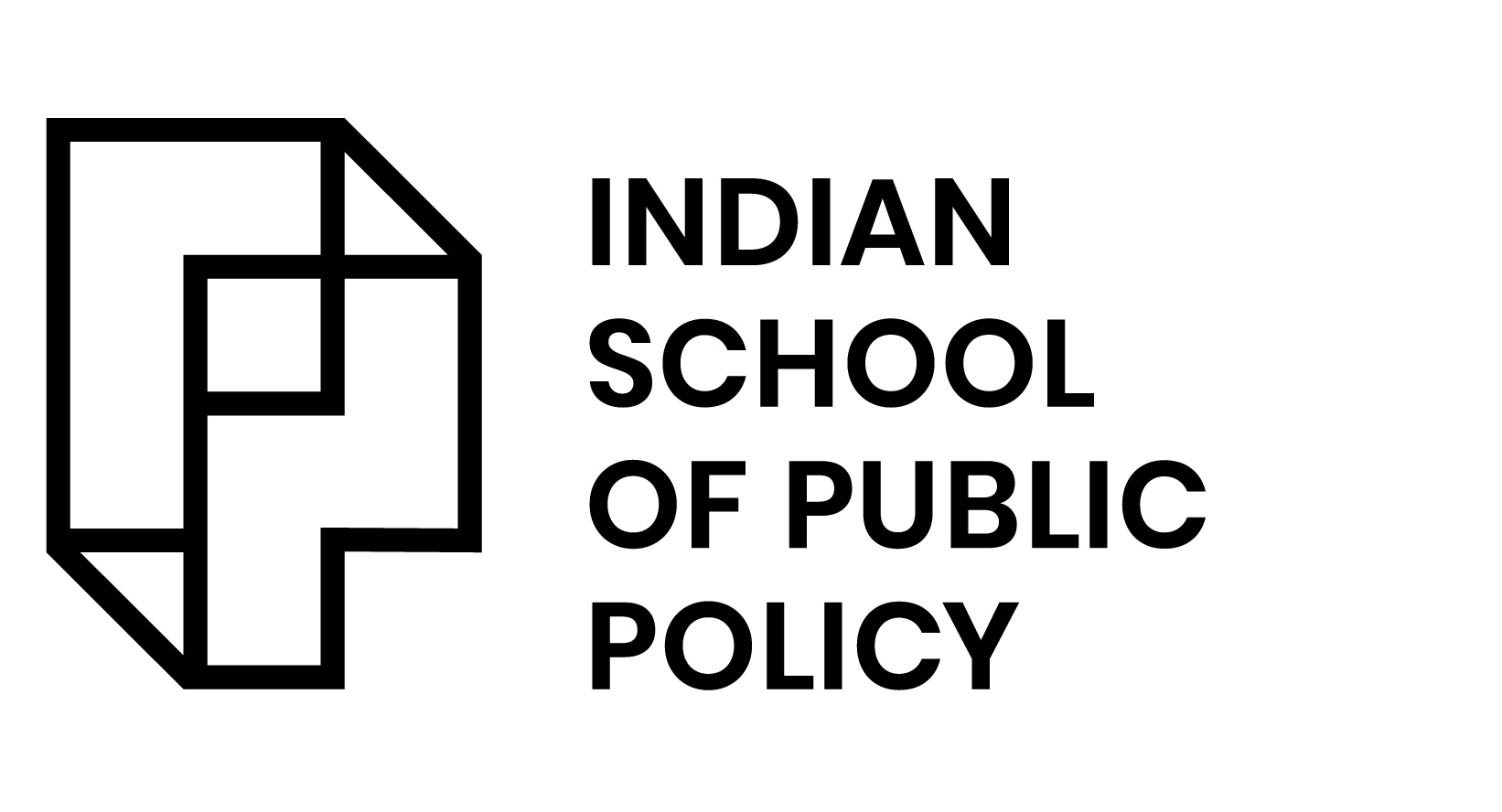
An introduction to Public Finance: Key concepts and practices

Understanding Public Finance: The backbone of economic stability and sustainable growth
Public finance is the backbone of a nation’s economic structure, influencing everything from healthcare to education, infrastructure, and social welfare. Imagine an Indian state where the roads are potholed, schools are underfunded, and hospitals lack essential supplies. This scenario could become a reality without effective public finance management. The key to addressing these challenges lies in having qualified policymakers who understand the complexities of public finance and can navigate its intricacies.
| A prime example of effective Public Finance management in India. Kerala has invested heavily in education and healthcare, resulting in high literacy rates and improved health outcomes. The Kerala model demonstrates that a well-planned public finance strategy can lead to significant social development, largely due to the presence of qualified policymakers who have prioritised these sectors. Conversely, Punjab has faced challenges due to unsustainable public debt and high subsidies, especially in the agricultural sector. The state’s overreliance on debt to finance subsidies has led to fiscal imbalances, illustrating the importance of prudent debt management and sustainable fiscal policies. A lack of skilled policymakers has exacerbated these issues, highlighting the need for qualified individuals to steer fiscal policy in the right direction. |
In this blog, we will explore the key concepts and best practices that shape public finance, emphasising the dire need for skilled policymakers in India to ensure societal well-being and economic growth.
Understanding Public Finance
At its core, public finance refers to the management of a country’s revenue, expenditure, and debt load. It encompasses the financial activities of the government and is crucial for providing essential services to the public. Here are the key concepts associated with public finance:
Key concepts
- Public revenue: This includes income generated by the government through taxes (income tax, corporate tax, GST), fees, and grants. For instance, the introduction of the Goods and Services Tax (GST) in India aimed to streamline the tax structure and increase government revenue by bringing various indirect taxes under one umbrella. However, successful implementation requires skilled policymakers who can navigate the complexities of taxation and ensure compliance.
- Public expenditure: This refers to government spending on goods and services, including infrastructure projects, public health, and social services. A notable example is the Mahatma Gandhi National Rural Employment Guarantee Act (MGNREGA), which guarantees at least 100 days of wage employment in a financial year to every rural household. Effective allocation and management of such funds necessitate trained professionals who can assess community needs and monitor outcomes.
- Public debt: When a government spends more than it earns, it borrows to cover the deficit. The Indian government has issued bonds to finance infrastructure projects, balancing the need for development with debt sustainability. However, excessive borrowing can lead to challenges, as seen during the COVID-19 pandemic, where increased government spending led to rising fiscal deficits.
- Fiscal policy: This involves government decisions on taxation and spending to influence the economy. For example, during economic downturns, the Indian government has implemented stimulus packages, like the Atmanirbhar Bharat initiative, to promote self-reliance and boost economic activity.
- Economic stabilisation: Public finance plays a crucial role in stabilising the economy by managing inflation and unemployment through appropriate fiscal policies. This requires policymakers with a deep understanding of economic indicators and the ability to respond to shifting economic landscapes.
Recent developments in Public Finance
| The Union Budget 2024, presented by the Finance Minister, has been lauded for its focus on sustainable development and economic growth. It proposes increased allocations for infrastructure, healthcare, and education, reflecting the government’s commitment to improving public services. Similarly, state budgets across India play a crucial role in addressing local needs and priorities, acting as blueprints for development and fiscal management within individual states. Each state’s budget outlines its financial plan, detailing expected revenues and expenditures tailored to meet regional demands, such as education, healthcare, and infrastructure development. For instance, Maharashtra’s state budget for 2024 has focused on enhancing urban infrastructure, improving public transport, and increasing investment in renewable energy initiatives. In this context, state governments often establish committees similar to the Expenditure Finance Committee (EFC) at the central level to evaluate and approve major projects exceeding a certain budgetary threshold. This ensures rigorous appraisal and accountability for public spending. The emphasis on effective scheme formulation, targeted outputs, and impact assessment is vital for improving the quality of public expenditure. Many states are also rationalising their Centrally Sponsored Schemes (CSSs) and state-specific schemes to optimise resource allocation. A continuous effort is made to ensure that these budgets reflect the aspirations of the populace, with participatory budgeting mechanisms allowing citizens to have a voice in how funds are spent. Additionally, states are increasingly using frameworks similar to the output-outcome framework employed at the central level, setting measurable targets and linking financial outlays to specific outcomes. This approach not only promotes transparency but also enhances the overall effectiveness of public finance management. For instance, Maharashtra’s state budget for 2024 has focused on enhancing urban infrastructure, improving public transport, and increasing investment in renewable energy initiatives. These budgets not only reflect the government’s priorities but also ensure that resources are allocated efficiently to promote sustainable growth at the state level. Moreover, with the introduction of participatory budgeting in several states, citizens are increasingly involved in the budgeting process, enabling a more responsive and accountable government. This grassroots approach requires adept policymakers who can effectively engage with communities and incorporate their feedback into financial planning, ensuring that state budgets truly reflect the needs and aspirations of the people they serve. The Public Finance (Central) Division oversees the Central Government’s plans, appraising and approving public-funded projects across ministries. It serves as the Secretariat for the Public Investment Board, evaluating projects exceeding ₹500 crores, and chairs the Expenditure Finance Committee for significant schemes. The division enhances public expenditure quality, rationalises Centrally Sponsored and Central Sector Schemes, manages financial assistance for public sector enterprises, and coordinates Direct Benefit Transfers while ensuring efficient subsidy policies. Another significant development is the transition from the old Finance Commission (FCXV) to the new Finance Commission (FCXVI). The FCXV focused primarily on revenue-sharing between the Centre and states based on population and income levels, while FCXVI introduced a more dynamic approach that considers factors like economic growth potential and fiscal discipline. This shift underscores the need for skilled policymakers who can effectively implement these recommendations to ensure equitable distribution of resources. |
The best practices in Public Finance
- Transparency and accountability: Governments should ensure that their financial activities are transparent and that there are mechanisms for accountability. The Public Financial Management System (PFMS) in India is an example of a platform designed to track fund flows and enhance transparency in government expenditure. This system requires trained personnel to oversee its operation and ensure the effective utilisation of public funds.
- Prudent Debt Management: Establishing a sustainable level of debt is vital. The Fiscal Responsibility and Budget Management (FRBM) Act aims to ensure that the government maintains fiscal discipline, limiting the level of fiscal deficit and debt accumulation. Skilled policymakers are needed to monitor compliance and make informed decisions regarding borrowing.
- Investment in human capital: Effective public finance management involves investing in education and training to enhance the skills of the workforce. Programs like Skill India aim to equip millions of young people with industry-relevant skills. Policymakers who understand labour market dynamics can ensure that such investments lead to tangible economic benefits.
- Diversification of revenue sources: Relying on a single source of revenue can be risky. The introduction of GST in India exemplifies efforts to broaden the tax base, making the economy less vulnerable to fluctuations in specific sectors. This diversification requires astute policymakers who can analyse economic trends and implement effective tax policies.
- Effective budgeting: Creating a comprehensive budget that reflects government priorities is essential for efficient resource allocation. The Participatory budgeting initiative in certain Indian states encourages citizen involvement in the budgeting process, ensuring that community needs are addressed. Qualified policymakers can facilitate this engagement and ensure that budgeting aligns with public priorities.
Public finance is a complex yet vital field that shapes the economic landscape of nations, including India. By understanding key concepts of public revenue, expenditure, and debt, alongside best practices in transparency, accountability, and effective budgeting, we can appreciate how government financial decisions impact our daily lives. However, the effectiveness of public finance management hinges on the presence of qualified policymakers who can navigate these complexities.
This blog highlights the urgent need for skilled policymakers in India, especially those who are hardwired to make a positive impact. Public policy aspirants should pursue formal education from leading institutes like the Indian School of Public Policy.
Click to learn more about the PDM curriculum and how it prepares future leaders for success.
Such education will not only provide deep insights into the public policy space but also equip them with the formal training needed to be seen as relevant in today’s dynamic landscape. Investing in the training and development of skilled professionals is essential for creating a sustainable future that ensures economic resilience and societal well-being.
Register your Interest to Study at ISPP
FAQS
What is public finance?
Public finance refers to the management of government revenue, expenditure, and debt.
Why are qualified policymakers essential in public finance?
Skilled policymakers ensure effective management of resources, create sound fiscal policies, and respond to economic challenges.
What are the key concepts of public finance?
Key concepts include public revenue, public expenditure, public debt, fiscal policy, and economic stabilisation.
How does GST impact public finance in India?
GST streamlines the tax structure and increases government revenue by consolidating various indirect taxes, requiring skilled oversight for effective implementation.
Can you give an example of effective public finance management in India?
Kerala’s investment in education and healthcare showcases effective public finance management leading to significant social development, driven by qualified policymakers.


